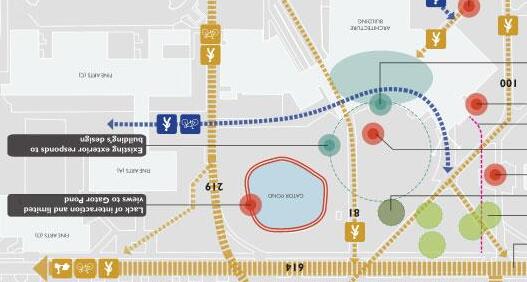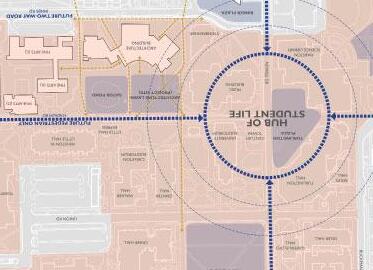Caro Rubio
Landscape Architecture











The Jax Riverfront project highlights a rich natural environment for Jacksonville communities to enjoy. There was an important emphasis in embracing nature by defining the natural edges and creating space within the natural infrastructure of the Jacksonville Riverfront.

Discovery in nature allows a sense of separation from the urban world to personal experiences and senses to each person’s surroundings. Reflection enhances the feeling of being in nature and allows relaxation while enjoying the view and listening to the river flow.
It was important for the Dix Hite & Partners, in collaboration with Agency + Landscape and Planning to emphasize a design with climate resilience in mind, withstanding sea level rise within 5, 25, 50 and 100 year floodplains. My contribution to this project includes the rendering of the planting plan and the floodplain diagrams.
Existing Trees






















Flood Diagrams


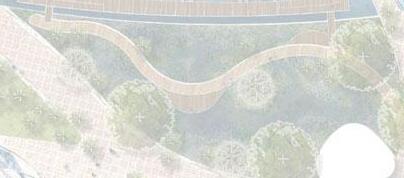



1. Embrace
3. Reflect



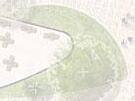
2. Discover























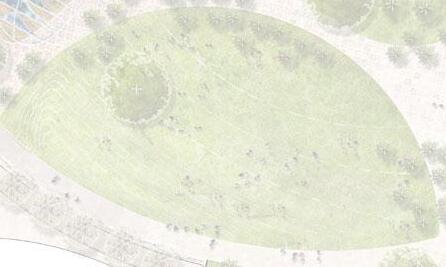




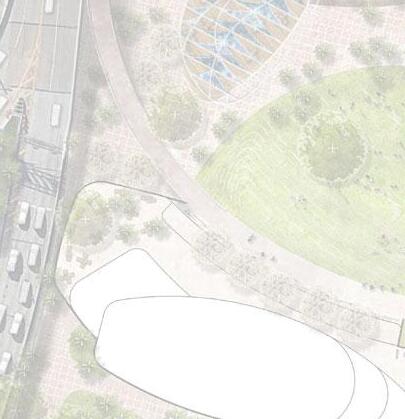

Tried and true North Florida plants that thrive in an urban environment. The River’s ecology begins to blend into the City’s streets, introducing Jacksonville to the River.


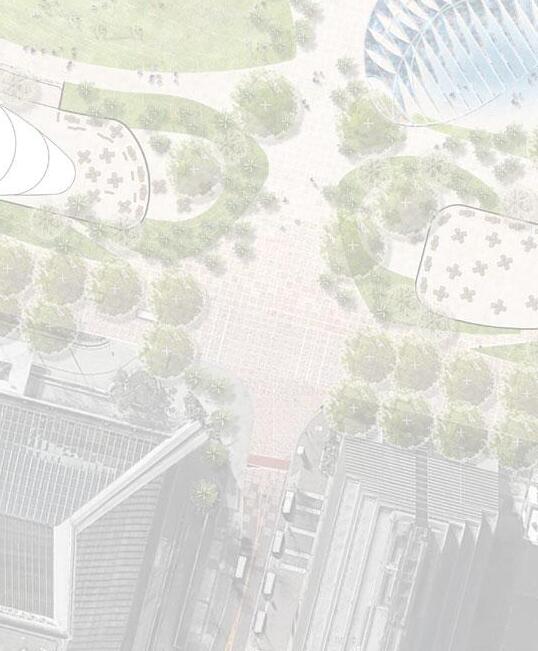

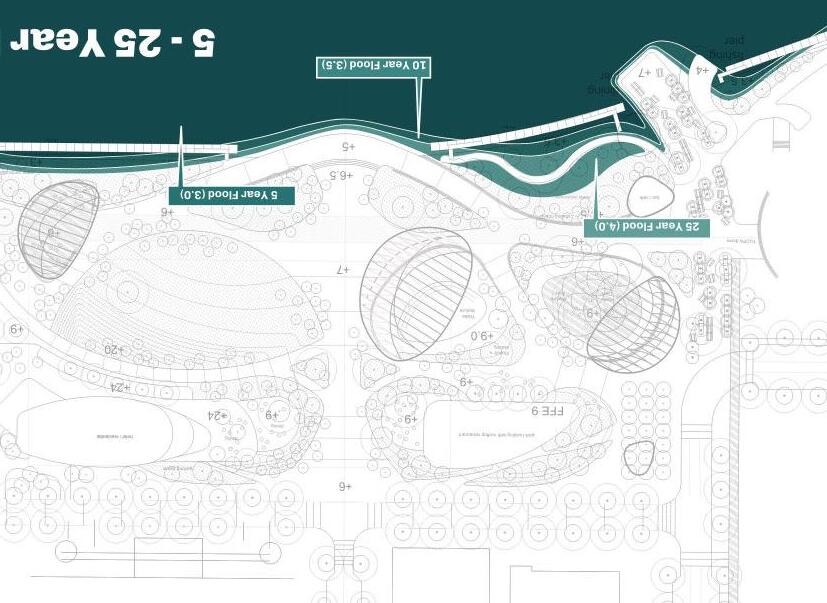








































Visitors are invited to explore the native vegetation of the River in an up-close and personal way through aventure and play.

Native marsh plantings hold stormwater, mitigate storm surge, and allow Jacksonville to celebrate the wildness of the River.

Watersheds are a crucial part of our ecosystem. They must be protected and embraced in the landscape through artful rainwater design and other stormwater infrastructure measures. Our purpose in implementing stormwater design to highlight the eco services that watersheds provide on campus would improve all users’ intrinsic connection to water. The architecture building’s close approximation to the Gator Pond provides a strong opportunity to reinforce existing natural elements’ missing connection to the site.
In this collaboration with Schenkel Shultz and Buro Happold, Dix Hite & Partners wanted to bring back water to life, along with carbon and other biological elements on the site. To bring these elements back to life means engaging all users across the campus landscape. My contribution to this project includes the rendering of the illustrative site plan, site analysis, process sketches, and circulation diagram.

The implementation of L.I.D. design intends to communicate a intrinsic culture of sustainability in the UF campus. Water infrastructure across the site would engage students in every corner.



